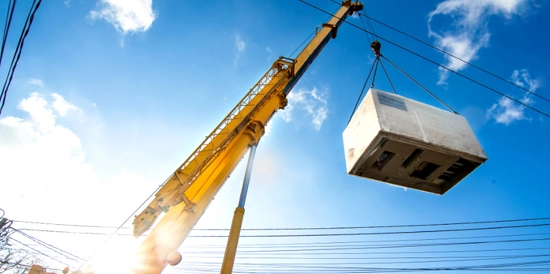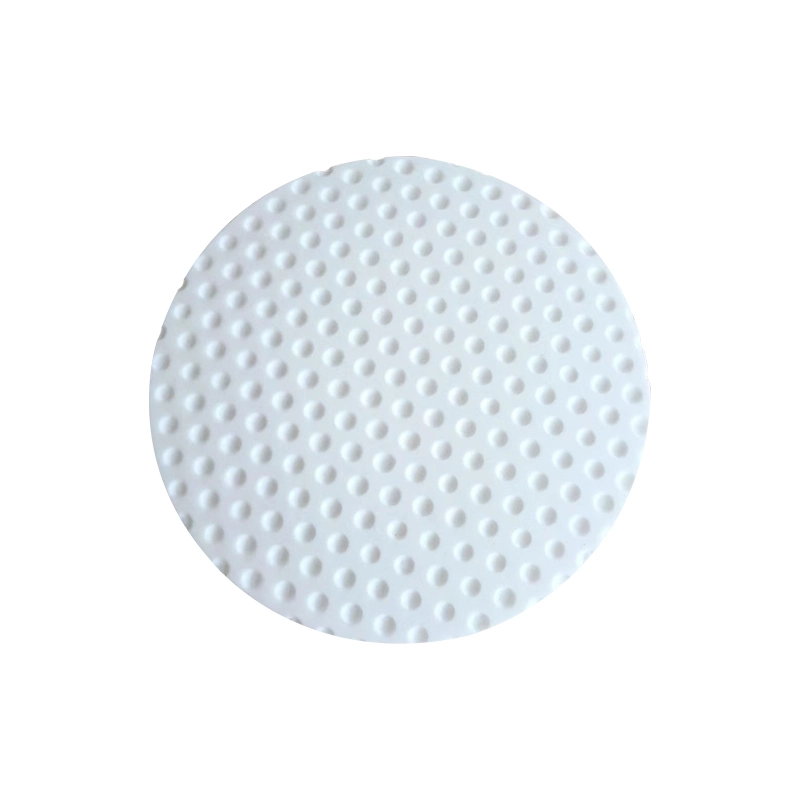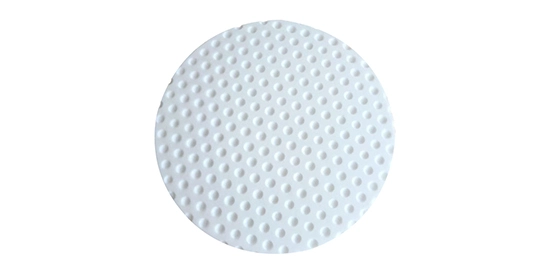A PTFE slide plate is a specialized component used in structural and mechanical applications. It consists of a flat plate made of polytetrafluoroethylene (PTFE), which has low friction properties. It is used to facilitate smooth sliding and movement between two surfaces, reducing friction and wear.

PTFE (Polytetrafluoroethylene) slide plates offer several advantages in structural and mechanical applications. Here are some key advantages:
Low Friction: PTFE slide plates have an extremely low coefficient of friction, allowing for smooth and effortless sliding between surfaces. This reduces frictional resistance, minimizes wear and tear, and enables easier movement of structural components.
Excellent Load-Bearing Capacity: PTFE slide plates can support heavy loads while maintaining their integrity. They distribute the load evenly, preventing localized stress concentrations and reducing the risk of structural damage or failure.
Chemical Resistance: PTFE product is highly resistant to various chemicals, acids, and corrosive substances. This makes PTFE slide plates suitable for applications where exposure to harsh environments or corrosive materials is expected.

Heavy equipment: PTFE slide plates are utilized in heavy machinery, such as cranes, conveyors, and hydraulic systems, where there is a need for controlled movement and reduced friction. They help in minimizing wear and tear, improving operational efficiency, and prolonging the lifespan of the machinery.
Bridge bearings: PTFE slide plates are commonly used in the bridge bearings to facilitate movement and reduce friction between the bridge deck and supporting piers or abutments. This enables the bridge to expand, contract, and adapt to dynamic loads without causing excessive stress on the structure. As an experienced PTFE bridge bearings supplier, we offers professional PTFE Slide Plate of Bridge Bearings, PTFE bridge bearing plate and UHMWPE bridge bearing plates tailored to meet your specific needs.
Tank and vessel linings: PTFE slide plates can be used as linings for tanks and vessels that store corrosive or high-temperature materials. The low friction properties of PTFE reduce the buildup of pressure and prevent sticking or binding of the stored material against the tank walls.
Pipe supports: PTFE slide plates are commonly installed under pipe supports to prevent direct contact between pipes and support structures. By reducing friction, they allow for thermal expansion and contraction of the pipes without causing damage or stress on the supporting system.

Installation and maintenance of PTFE slide plates are crucial for ensuring their optimal performance and longevity. During installation, proper surface preparation is essential, including cleaning the substrate, removing any contaminants or debris, and ensuring a smooth and level surface. The PTFE slide plates should be securely attached to the structure using appropriate methods, such as welding or bolting. Regular maintenance involves inspecting the slide plates for any signs of wear, damage, or misalignment. Any issues should be addressed promptly, and damaged or worn plates should be replaced. Lubrication can be applied to reduce friction and enhance sliding capabilities. Periodic inspections and maintenance can help identify and rectify potential problems, ensuring the continued effectiveness of PTFE slide plates in reducing friction and promoting smooth movement.
A: PTFE slide plates are a type of industrial component made from polytetrafluoroethylene (PTFE) material. They are used to reduce friction and enable smooth movement between structural elements, such as pipes, tanks, and machinery.
A: The main purpose of PTFE slide plates is to provide a low-friction surface between structural components, allowing for easy movement and preventing damage caused by friction and wear.
A: PTFE slide plates create a smooth and low-friction surface due to the inherent properties of PTFE material. When placed between two surfaces, the PTFE slide plates reduce the coefficient of friction, allowing for easy sliding or movement.
A: Yes, PTFE slide plates have excellent heat resistance and can withstand high temperatures up to approximately 500°F (260°C), depending on the specific grade and composition of the PTFE material.